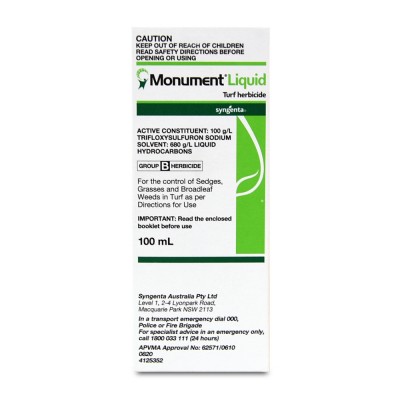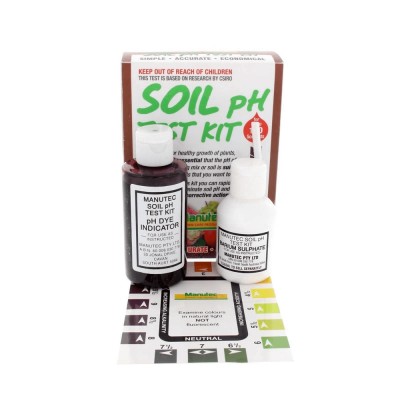We get all sorts of emails and messages with lawn issues, sometimes they have nothing to do with lawn care itself and are caused by something that is lurking within the lawn instead.
The biology within lawns for the most part is brilliant and play a very important role within our local ecosystems and for our soil health. Sometimes however, certain critters can develop in large numbers which are too high for your lawn to sustain. Feeding on the roots or leaf of the lawn and burrowing holes and patches in your grass. It is in situations like this where some action may be required to prevent further damage from being caused to the lawn.
Identifying these critters is often the hardest part, so here are a few that we encounter quite regularly…
Red Spider Mite
Tetranychus urticae

Red Spider Mites live on the underside of the grass leaf. In the mornings you might see a fine web like thread over your lawn which harms the grasses ability to photosynthesise. They spread in large numbers quite quickly and can cause significant harm to your lawn in a short amount of time. Because they spread so quickly and easily, it is important that you are careful not to tread on them as they will then move to wherever you walk as well.
Mites require a miticide application, with a couple of reapplications sometimes being required over a couple of weeks to remove them completely.
Mole Crickets
Gryllotalpidae

These common, but rarely seen, little insects’ tunnel through the soil eating the roots of your lawn. Buffalo grasses are not so much of a problem as its dense growth habit protects it from major damage. Mole crickets nest deep in the soil profile, more often in sandy soils, making them difficult to kill as an insecticide needs to be washed down to contact them.
Spider/Parasitic Wasp
(family Pompilidae)

If there are orange/red and blue/black wasps flying over your lawn, this will usually indicate that there are grubs present, as the wasp is looking for a host to lay its eggs. So, it’s not so much the wasp that is the problem, as it will be a sign that there is lawn grubs feeding off the roots of your lawn. The great thing about these wasps is that the adults do not sting and because their larvae is a parasite of the grubs, they actually help to control the grubs.
The biology of your lawn is paramount in sustaining a healthy lawn, with different insects and organisms all functioning to maintain optimal numbers. It is important you only apply pesticides or insecticides to your lawn when you are certain that the issue is being caused by an overabundance of the pest you are targeting. Just because you see one cricket, wasp, beetle or grub doesn’t mean it is necessary to spray your lawn. For the most part they will be in small enough numbers, controlled naturally by the existence of other predators and organisms without the need for human intervention.
One exception to this, however, is army worm. Like their name suggests though they spread in large numbers like an army and it is important you do react very quickly!


